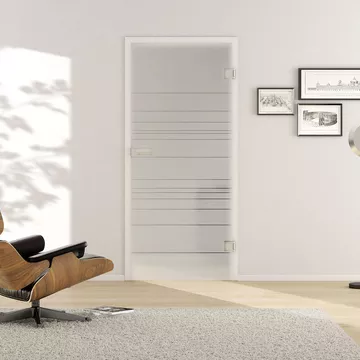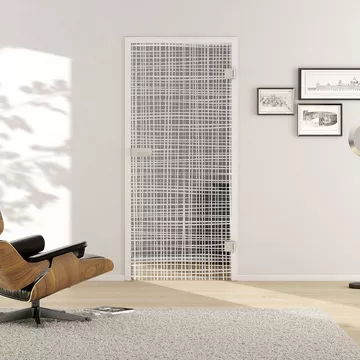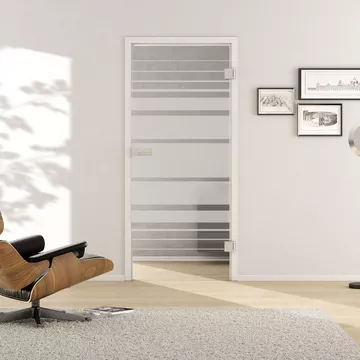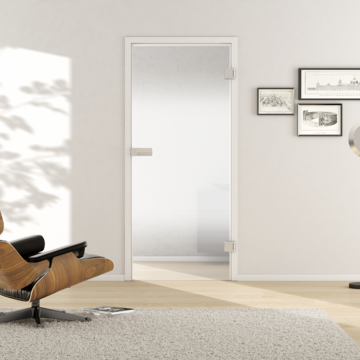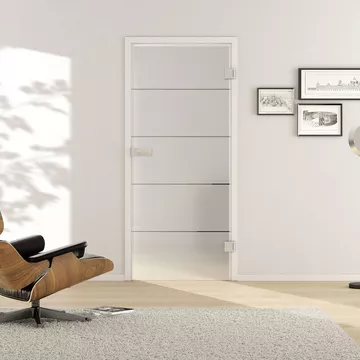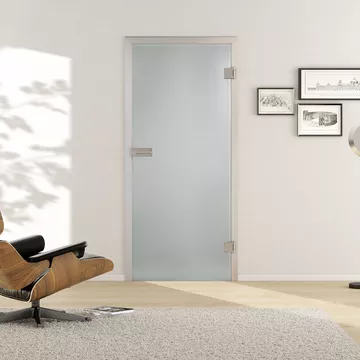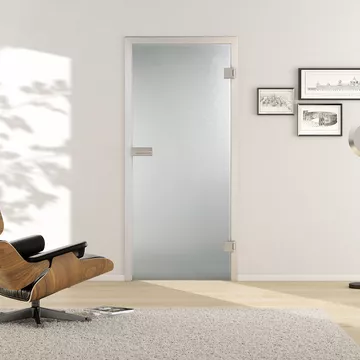More daylight thanks to Glass doors: tips for correct positioning and selection
The biggest advantage of Glass doors is that they let light from one room to another. It doesn't matter whether you choose Hinged doors or Sliding doors made of Glass - the main attraction lies elsewhere:
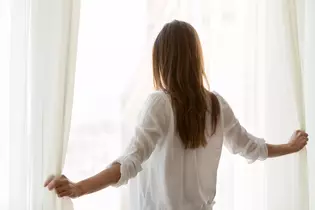
Let there be (day) light!
Daylight is not only beautiful, but has been proven to contribute to our health. It lifts our mood and sense of well-being, and also has a positive effect on a hormonal level. It is not for nothing that we have the impression that in countries with a lot of sun and light (or in our summer) life is easier, more pleasant and cheerful.
The following tips reveal how you can flood your house or apartment with as much daylight as possible:
- Place Glass doors in rooms that face the Direction of main light sources, such as large window fronts or patio doors. This allows daylight to reach the room behind them, which might otherwise be rather dark.
- Use Glass doors in transit areas such as hallways or corridors. These areas are often windowless and can use Glass doors to get daylight from adjacent rooms.
- Use Glass doors in rooms that are designed to be aligned. Even the builders of Versailles and similar lock cases used the principle of "enfilades". Of course, you can not lay out the whole apartment in this way, but where there are already several rooms in a row, Glass doors are the ideal means to let light and well-being flow from one room to another. In this way, each seperate room also becomes visually larger.
- Open-concept living can benefit from Glass doors, as they allow for a seamless connection between areas and allow light to flow everywhere.
- Use Glass doors in rooms that face south or east. This is where the most sunlight comes in during the day. But beware: investing in Glass doors only makes sense, even in rooms that face south, if the Windows are free of obstructions to light we other buildings, trees or tall hedges. Rooms with north or north-west orientation are also not very suitable, because they do not receive enough natural light.
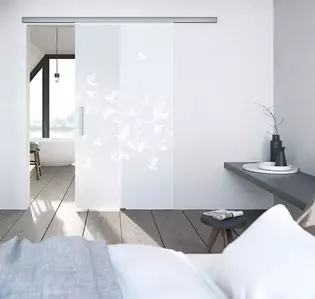
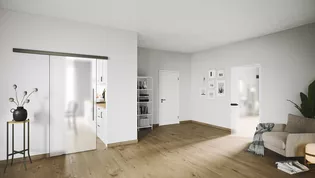
Therefore, if you are thinking of installing glass doors, it does not have to be all the doors in the house or apartment. Rooms that are already very bright anyway and have no adjacent darker rooms need None change. However, a few well-chosen Glass doors can have an enormous effect on the quality of living. Therefore, observe carefully beforehand how the light comes through the windows and which rooms are the brightest, where there are dark corners that can be brightened by replacing the door and where not. Glass doors in the right places not only increase the sense of well-being, but also reduce energy costs.
Which Glass door where?
Most light falls through clear glass doors in Pure White quality. You should use these where a lot of "light output" can really reach the room behind them. For price-conscious customers, we recommend Basic Green either everywhere or in places where there is likely to be less light per door, such as passageways, and for rooms that are used less often.
Satin frosted doors also let light through, although somewhat less. They are therefore suitable for brightening up the home for rooms where privacy is important: bathrooms, WCs, bedrooms, and home offices if necessary. To still allow as much light as possible, we recommend partially Satin frosted Glass doors , where the clear glass part lets in a lot of light and the frosted part protects view-sensitive areas. Ideal for bedrooms or offices are, for example, the Griffwerk designs LINES DIFFERENT 570, VISION 833, CANVAS 571, LINES RISING 509, FROSTED FLOW or R8 HORIZONTAL. Very translucent structural glass, such as our BAROCK 529 door, is also a good choice here.
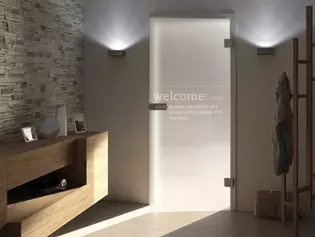
The LINES FOUR 503 design and the MASTER-CARRÉ 531 and ORNAMENT SR200 533 structured glass doors are particularly suitable for bathrooms and WCs.
Our Griffwerk Glass door experts will be happy to advise you on which Glass door will give you the most light in which room.
